

In response to the shrinkage cavity defect in the boss of the integral axle housing support and the deformation in some areas of the casting, the casting process was optimized. The integral axle housing was modeled in 3D using Creo software, and the casting process was simulated using numerical simulation software. The simulation results reflected the locations of shrinkage cavity and porosity defects in the casting. Based on the previous trial production results, the original process plan was optimized. Through the simulation results and the trial production of samples, the optimized plan effectively reduced the shrinkage cavity defects and deformation out-of-tolerance, and improved the product qualification rate.
2025-09-23 17:36:16
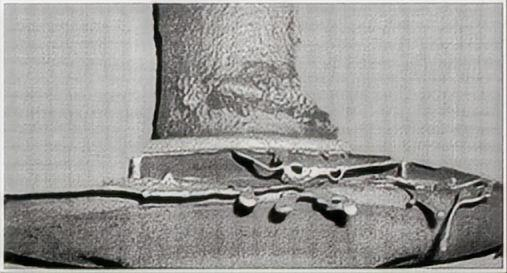
Characteristics: Part of the shell has cracked. After pouring, the molten metal flows out from the cracked area of the shell under the action of dynamic and static pressure, forming irregular and excessive metal on the surface of the casting.
2025-09-23 14:04:11
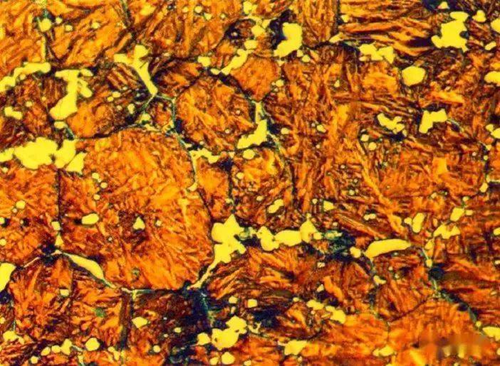
Overburning in heat treatment refers to the phenomenon where the temperature during the heat treatment process is too high, exceeding the melting point of the low-melting eutectic phase in the alloy, causing partial melting of the alloy, resulting in surface nodules and the appearance of remelted phases in the internal structure. Overburning is a serious heat treatment error. Once severely overburned, it cannot be remedied and can only be scrapped.
2025-09-23 14:02:15
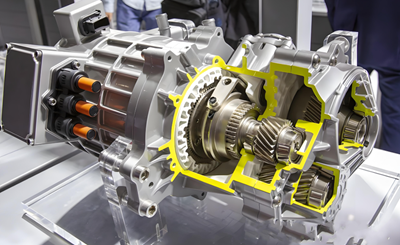
In the context of the electrification era, the electric drive system, as a key component in the fields of new energy vehicles, industrial automation, and renewable energy, is undergoing unprecedented technological innovation. As the core transmission device of the electric drive system, the electric drive gearbox plays a crucial role. This article mainly introduces the working principle, application scenarios, and future development trends of the electric drive gearbox.
2025-09-12 17:13:41
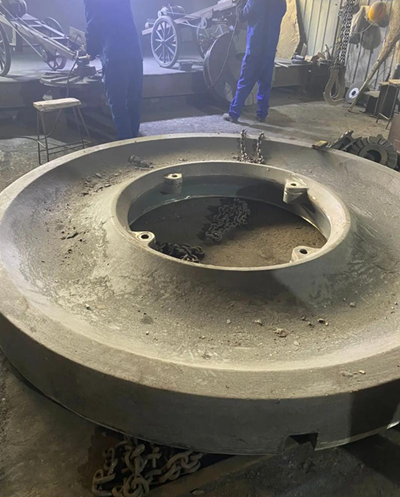
In the field of metallurgy, instantaneous modification technology usually refers to a process method in which specific modifiers are added within an extremely short period of time (typically a few seconds or even less) during the solidification of metals or alloys, causing rapid and significant changes in their microstructure and properties. Different from the traditional modification treatment completed in the furnace, the instantaneous modification technology emphasizes the treatment at the moment of pouring or solidification to ensure that the modifiers can be evenly dispersed and take effect in a timely manner.
2025-09-12 17:10:49
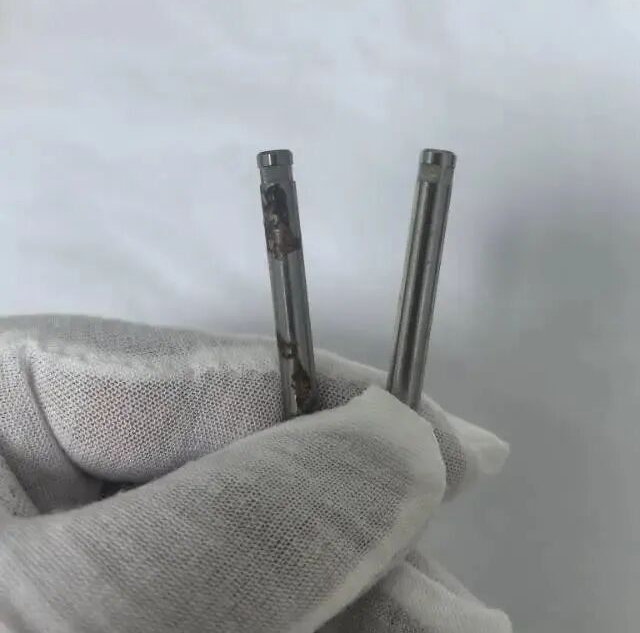
Salt spray testing is a core method for evaluating the passivation effect of stainless steel. By simulating the corrosive environment of marine atmosphere, it verifies the corrosion resistance of the passivation film. However, many enterprises still encounter problems of failing salt spray tests after passivation, manifested as rust spots, white spots or corrosion products on the surface. This article will provide a systematic checklist to analyze the possible causes of test failure step by step, from pre-passivation treatment, passivation process, post-passivation treatment to salt spray test operation, and offer solutions.
2025-09-10 15:07:41

There are many types of large ductile iron castings, such as large diesel engine blocks, large wheel hubs, large ball mill end covers, blast furnace cooling walls, large steel rolling mill frames, large injection molding machine templates, large turbine bearing housings, wind turbine hubs and bases, and nuclear waste tanks, etc. In addition to meeting the mechanical properties specified in the standards, these components also have some special performance requirements, such as low-temperature impact toughness for wind power castings and many additional special acceptance standards for nuclear waste tanks, etc. Therefore, when producing these castings, thorough consideration must be given in advance.
2025-09-10 15:01:13
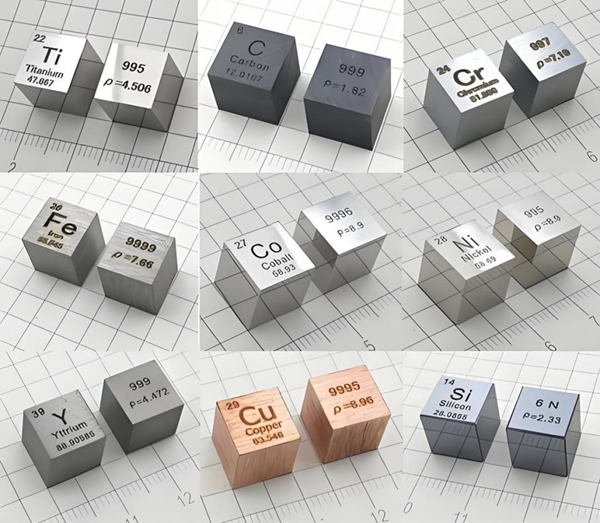
Steel, as a core material in modern industry, has its properties determined by the 28 elements dissolved or precipitated in the iron matrix. These elements significantly influence the strength, toughness, corrosion resistance and processability of steel through mechanisms such as solid solution strengthening, second phase precipitation and grain boundary regulation. This paper systematically reviews the action mechanisms of major elements such as carbon, silicon and manganese, as well as trace elements like boron, niobium and titanium, and reveals the scientific laws of element synergy design by combining application cases of typical steel grades.
2025-09-10 14:51:22
_1756714885309.png)
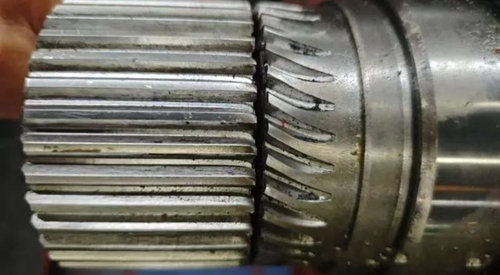
The spline part of the spline shaft exhibited a "deformation" phenomenon. After inquiry, the shaft showed a phenomenon of torsional neck contraction but had not yet fractured.
2025-08-29 15:16:00
The utilization of steel by humans can be traced back to the Iron Age of the 12th century BC. At that time, people discovered through experience that prolonging the heating time of iron ore in a charcoal furnace would make the iron harder, and they developed the quenching hardening technique. Ancient India had mastered the technology of producing Uzh steel in the 3rd century BC. This is a type of crucible steel with a carbon content between pig iron and wrought iron, and its outstanding performance enabled it to be exported all over the world. However, these early steel production methods mostly relied on generations of passed-down experience, and the underlying scientific principles remained shrouded in mystery.
2025-08-29 15:06:00
This paper briefly describes the structural features, technical requirements and manufacturing difficulties of heavy ductile iron castings. It elaborates on the casting methods, gating system design methods and manufacturing methods of this type of castings. The process characteristics, production advantages and application scope of resin sand solid mold casting are introduced. Through strict process control, selection of appropriate raw materials, proper spheroidizing and inoculation treatment processes, and special pretreatment techniques during the production process, high-quality large ductile iron castings can be produced. This can provide technical references for the solid mold casting process of similar heavy castings.
2025-08-27 15:32:17
361



